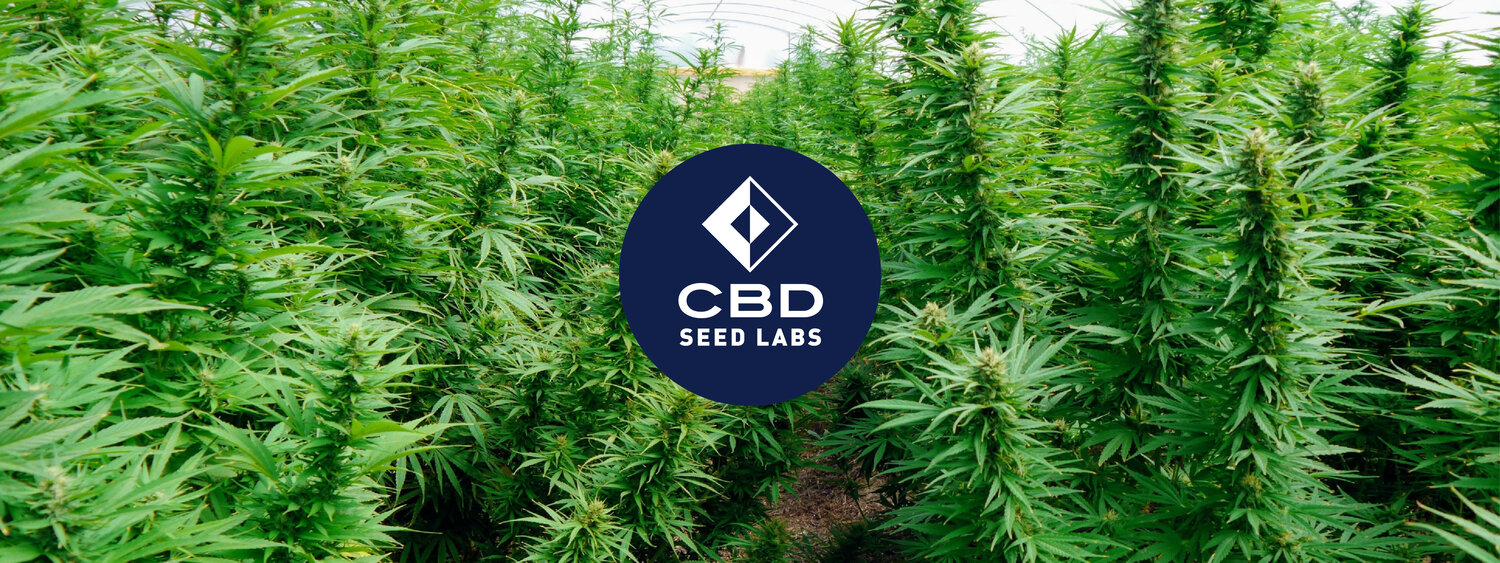Hemp has been utilized as a functional crop in Europe for centuries! Flowers, leaves, and seeds possess quality nutrients, and during the Middle Ages, hemp was infused into numerous recipes and proved to be a part of a staple diet. In addition to culinary influence, hemp fibers combined with flax, became one of the oldest known forms of textile.
Cultivation of hemp continued across Europe until the United Nations’ Single Convention on Narcotic Drugs of 1961- thereby halted hemp production because of its relationship with “marijuana”
A decade later the, Convention on Psychotropic Substances of 1971- was ratified and addressed psychoactive substances and drugs from a more chemical perspective, thus differentiating THC from CBD.
Parliament later drafted the 1972 Protocol- which amended the 1961 Convention and allowed governments the “use of such substances in industry for the manufacture of non-psychotropic substances or products”. And as of October 2020, the European Parliament voted in favor of raising the THC limit from .2% to .3%. The newly adopted legislation will be officially enforced January 1, 2023.
Europe is on its way to become a competitive industry leader in the global hemp market by substantially increasing their hemp production!
2015 : 20,000 hectares of Hemp planted and 35,000 tonnes yielded
2019 : 35,000 hectares of Hemp planted and 153,000 tonnes yielded
A 75% increase in acreage designated for hemp and a 63% increase in the amount of hemp yielded. France, Italy, and the Netherlands produce more than 50% of Europe's industrial hemp. With France, leading the industry by a sizable amount!
In 2020, the CBD market in France was estimated to be 131 Million (euros). The dominant sectors were:
Oils ~ 74 Million (euros)
Supplements ~ 41 Million (euros)
Vapes ~ 21 Million (euros)
Overall, Europe’s CBD market was estimated to be $1.7 billion (euros) for 2020 and is estimated to reach $8.3 billion (euros) by 2025.
Hemp is an incredibly versatile crop that is strong, durable, and lightweight. It can be applied in the formation of:
Biomaterials
Cosmetics
Food
Supplements
Furthermore, hemp has the capability to capture and store vast amounts of CO2. Via photosynthesis hemp is able to sequester 1.6 tonnes of CO2 per ton of hemp. In terms of large field size, the average yield for a hectare of hemp is 5.5-8 tonnes, thus around 9-13 tonnes of CO2 can be absorbed per hectare.
Hemp is also more ecologically conservative with water than other fibrous crops. For comparison-
Cotton: requires 9,700 kg of water per kg
Hemp: requires 2,400-3,400 kg of water per kg
Therefore, hemp uses 75% less water! Other ecological benefits include the reduction of deforestation and the preservation of healthy soil.
Hemp stalks are rich in cellulose, which is used to make paper products such as:
Cardboard
Packaging
Sanitary papers
Filtration
However, 80% of paper produced from hemp is used for rolling papers, yet the potential could be much greater. Compared to forest wood, which contains around 40% cellulose and takes years to grow, hemp contains 65-70% cellulose and only takes 5 months to grow! On a hectare basis, pulp from an industrial hemp crop can yield 4x greater the amount than a mature tree plantation. Moreover, hemp can be recycled 7-8 times vs 3-5 times with wood pulp.
Lastly, Hemp provides the opportunity to maintain and even enhance the quality of soil. Hemps’ rapid growth, falling leaves, and deeply cemented roots helps:
Stabilize erosion
Adds nutrients to soil
Remove heavy metals from the soil, a process known as phytoremediation
